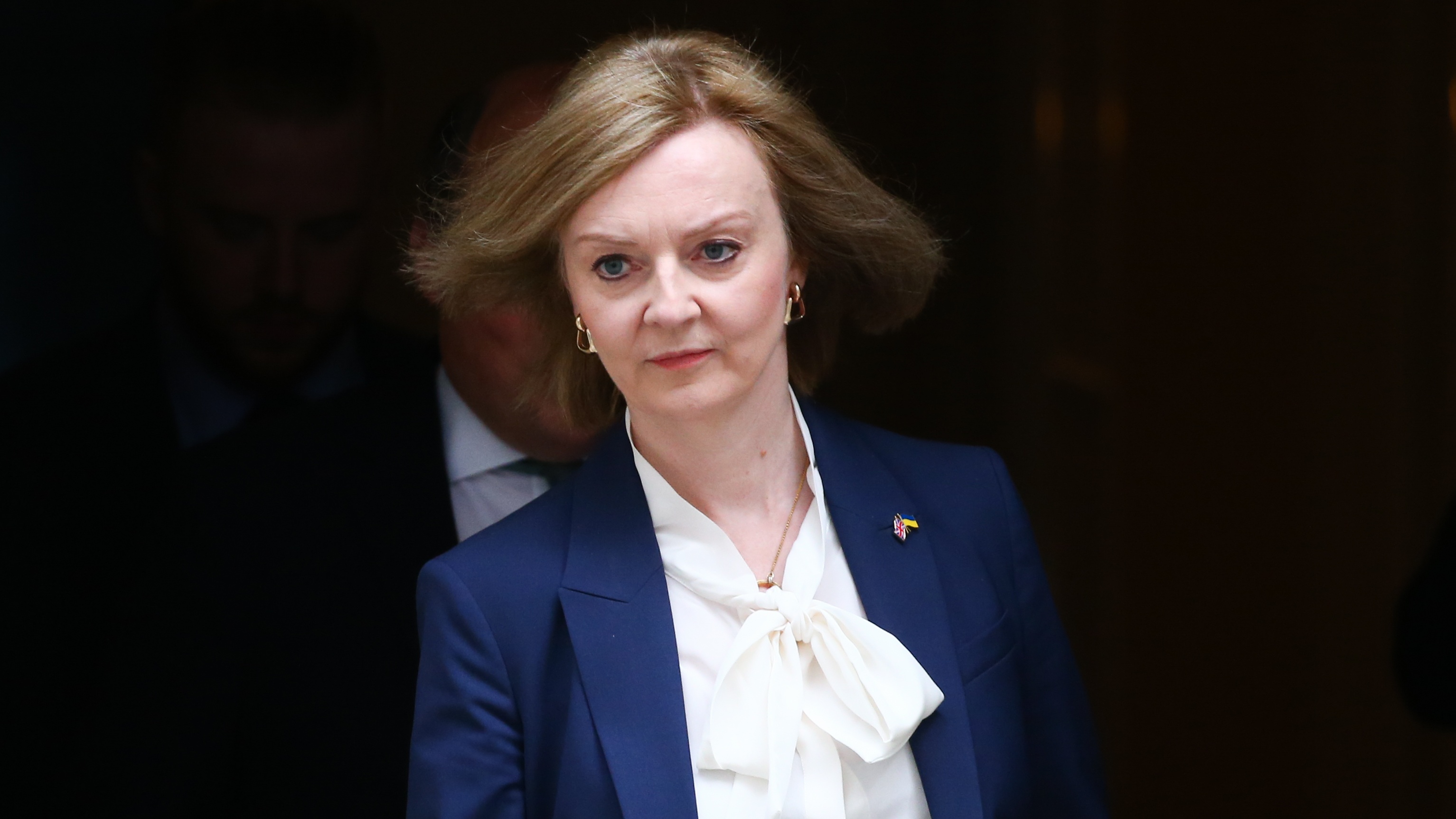Who are the shortest-serving world leaders?
Liz Truss will have served for 50 days as PM when she hands over to Rishi Sunak

Liz Truss departs 10 Downing Street as Britain’s shortest-serving prime minister, resigning after just 45 days in the job and leaving office after barely seven weeks.
“History books will not speak kindly of Liz Truss,” wrote The Economist shortly after she announced she was stepping down as PM. “She had promised a radical new era of economic growth,” said the newspaper, but instead she will be remembered for her “many U-turns, unforced political and economic blunders, and having the shortest tenure of any British prime minister in history”.
Although she will serve as prime minister until Rishi Sunak is formally appointed by King Charles, which is likely to be on Tuesday, it means her tenure will be 50 days, allowing her to claim the title as the shortest-serving prime minister in British political history.
The Week
Escape your echo chamber. Get the facts behind the news, plus analysis from multiple perspectives.

Sign up for The Week's Free Newsletters
From our morning news briefing to a weekly Good News Newsletter, get the best of The Week delivered directly to your inbox.
From our morning news briefing to a weekly Good News Newsletter, get the best of The Week delivered directly to your inbox.
Shortest-serving prime ministers
Until Truss’s resignation last Thursday, the briefest British prime ministerial reign was that of George Canning, who served 119 days in office before he died of either tuberculosis or pneumonia on 8 August 1827. Although he served just five short months in office, his tenure was “75 days longer” than that of Truss’s premiership, said The Telegraph.
The Conservative Alec Douglas-Home also had a short premiership, lasting 363 days as PM before he was defeated by Labour’s Harold Wilson in the 1964 general election.
In India, Atal Bihari Vajpayee’s first stint as prime minister lasted only 13 days in May 1996, after his Bharatiya Janata Party “failed to muster the required support on the floor of the house”, said The Telegraph. He returned to power for another short stint in 1998, serving for 13 months, and then again in 1999 when he served a full term until 2004.
Siaka Stevens, of Sierra Leone, was arrested “an hour after he was sworn in” as prime minister after narrowly winning an election in 1967, according to FirstPost. The military removed him from office and seized control for two weeks before a counter-coup saw him return to power, and he then served for 17 years.
A free daily email with the biggest news stories of the day – and the best features from TheWeek.com
Other heads of state
William Henry Harrison, the ninth president of the United States, had the shortest tenure of any president, dying just 32 days into the job in 1841. Aged 68, he also became the first president to die in office.
He took the presidential oath on 4 March, “a cold, wet day during which he rode on horseback and delivered possibly the longest inaugural address in American history, taking about two hours”, said The Guardian. It is thought that his “refusal to wear a coat or hat that day” contributed to the illness that cut his life and presidency short, and he died a month later on 4 April.
However, the record for the shortest-ever presidency most likely goes to Pedro Lascuráin, who was president of Mexico for just 45 minutes on 19 February 1913. His extremely short tenure was “completely intentional”, said Mental Floss, with Lascuráin being used “as a pawn in a political coup” that allowed General Victoriano Huerta to seize power from the democratically elected government of Francisco I. Madero.
Monarchs and emperors
Known in popular culture as “the nine days queen”, Lady Jane Grey had the shortest reign of any British monarch. Despite being only fifth in line to the throne, she was named as heir to the throne by a dying Edward VI, who wanted England to retain a Protestant monarch.
Upon Edward’s death, Grey was proclaimed Queen on 10 July 1553, but the country would rise in favour of the true heir to the throne, Edward’s half-sister Mary, who was out of favour with the young King due to her fervent Catholicism.
Jane was deposed as Queen on 19 July, just nine days after she ascended the throne and with “her own father even abandoning her cause”, said Royal UK. Jane and her husband would be executed the following year.
The shortest reign of any monarch is probably that of Louis-Antoine, the Duke of Angoulême, who became Louis XIX when his father, Charles X of France, abdicated the throne in 1830. But Louis followed his father’s example by abdicating – just 20 minutes later.
-
 The ultimate films of 2025 by genre
The ultimate films of 2025 by genreThe Week Recommends From comedies to thrillers, documentaries to animations, 2025 featured some unforgettable film moments
-
 Political cartoons for January 3
Political cartoons for January 3Cartoons Saturday's political cartoons include citizen journalists, self-reflective AI, and Donald Trump's transparency
-
 Into the Woods: a ‘hypnotic’ production
Into the Woods: a ‘hypnotic’ productionThe Week Recommends Jordan Fein’s revival of the much-loved Stephen Sondheim musical is ‘sharp, propulsive and often very funny’
-
 The opening of Tutankhamun’s tomb 100 years on
The opening of Tutankhamun’s tomb 100 years onfeature This month marks a century since Tutankhamun’s tomb was opened for the first time in three millennia
-
 How Denmark conquered England in 1013
How Denmark conquered England in 1013feature Danish warrior Sweyn Forkbeard is England’s ‘forgotten king’